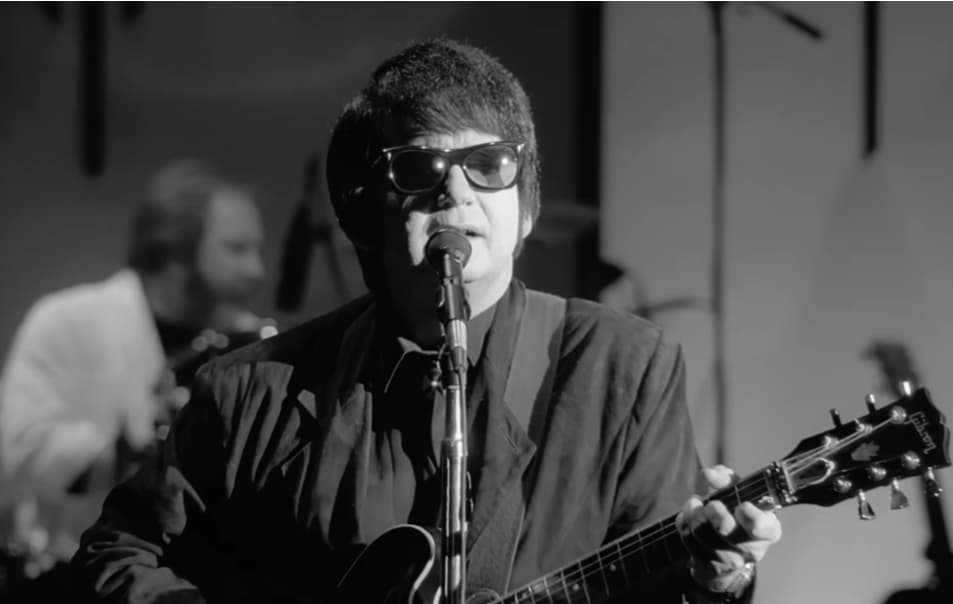
💔 A Lullaby of Loss: Finding Solace in the Ghost of a Past Love
There are songs, and then there are experiences—moments in music history that seem to suspend time, capturing the very essence of human melancholy and hope in a single, soaring voice. This is precisely what Roy Orbison delivered with his masterpiece, “In Dreams.” While the original 1963 single, released on Monument Records, proved a significant success, peaking at Number 7 on the U.S. Billboard Hot 100 and Number 6 on the U.K. Official Singles Chart, it is the performance from the 1987 televised special, ‘A Black and White Night,’ that many of us remember with such distinct fondness. This concert, filmed in glorious black and white at the Cocoanut Grove in Los Angeles just fourteen months before Orbison’s untimely death, was a stunning resurrection, introducing the “Big O” to a whole new generation.
The true, timeless power of “In Dreams” lies in its daring structure and deeply emotional narrative. Unlike the typical verse-chorus-verse pattern of the time, this operatic ballad is practically through-composed, unfolding in distinct sections that mirror the drifting, often unsettling, nature of a dream itself. It begins with the almost spoken, lullaby-like introduction of the “candy-colored clown they call the sandman,” a phrase so evocative it immediately sets a surreal, slightly uneasy tone. This ‘sandman’ puts the singer to sleep, and the listener is plunged into his subconscious where, “only in dreams,” his lost love is finally near.
What is the story behind this breathtaking song? It is often said that Orbison wrote it in approximately twenty minutes, and its intensity reflects this spontaneous burst of creative agony. The meaning is simple, yet profoundly resonant: it is the confession of a man whose only true sanctuary from the pain of a vanished love is found in the fleeting, fragile moments of his sleep. The lover is gone from the waking world—perhaps due to a breakup, or perhaps, given the later tragedies in Orbison’s life, due to death—and the dream world becomes a beautiful, necessary form of self-delusion. When he wakes, he is shattered all over again. Orbison’s voice, with its incredible two-octave range and signature dramatic delivery, transforms this simple lament into a devastating, almost primal scream of loneliness.
The ‘A Black and White Night’ version, backed by an impossibly cool band of contemporaries and admirers like Bruce Springsteen, Elvis Costello, k.d. lang, and Tom Waits, added a poignant layer of legacy to the track. Seeing Orbison, still in his trademark dark clothing and sunglasses, stand steadfastly in the center of this modern rock royalty, delivering the performance of a lifetime, evokes a deep sense of shared history. It was a beautiful, final affirmation of his genius—a reminder that a song written in 1963 could feel just as raw and relevant a quarter-century later. It reminds us all of those loves that linger, those memories that become more real than the present, and the comforting darkness where, if only for a few hours, we can walk with the ghosts of our youth.